Filmmaker 5 with Jason Berry: City of A Million Dreams
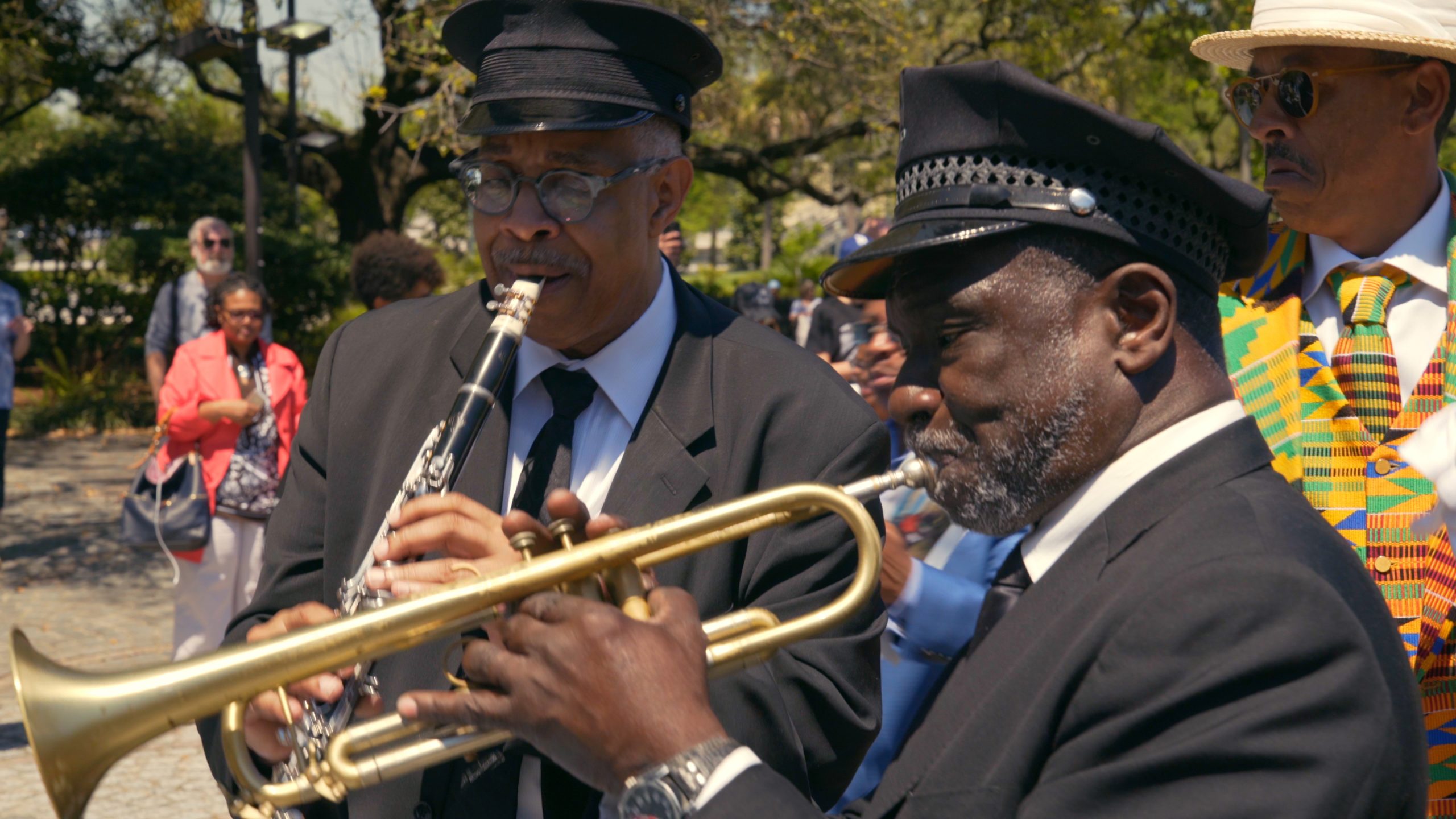
Celebrating the music, pageantry, and historical legacy of New Orleans through the observance of honoring the dead, City Of A Million Dreams the documentary film is making its way to film festivals and public screenings around the globe. Based on the 2018 book of the same name, City Of A Million Dreams traces the evolution of the jazz funeral tradition in New Orleans from its earliest days in the late 18th century to today’s modern memory pageants.
Author of the book and director of the documentary film City of Million Dreams, Jason Berry shares his love of the city of New Orleans in our Classic Couple Academy interview here.
Filmmaker 5.1: You’ve written several books on New Orleans, City of Million Dreams—A History of New Orleans published in 2018. What compelled you to make a film of the same name focused on jazz funerals?
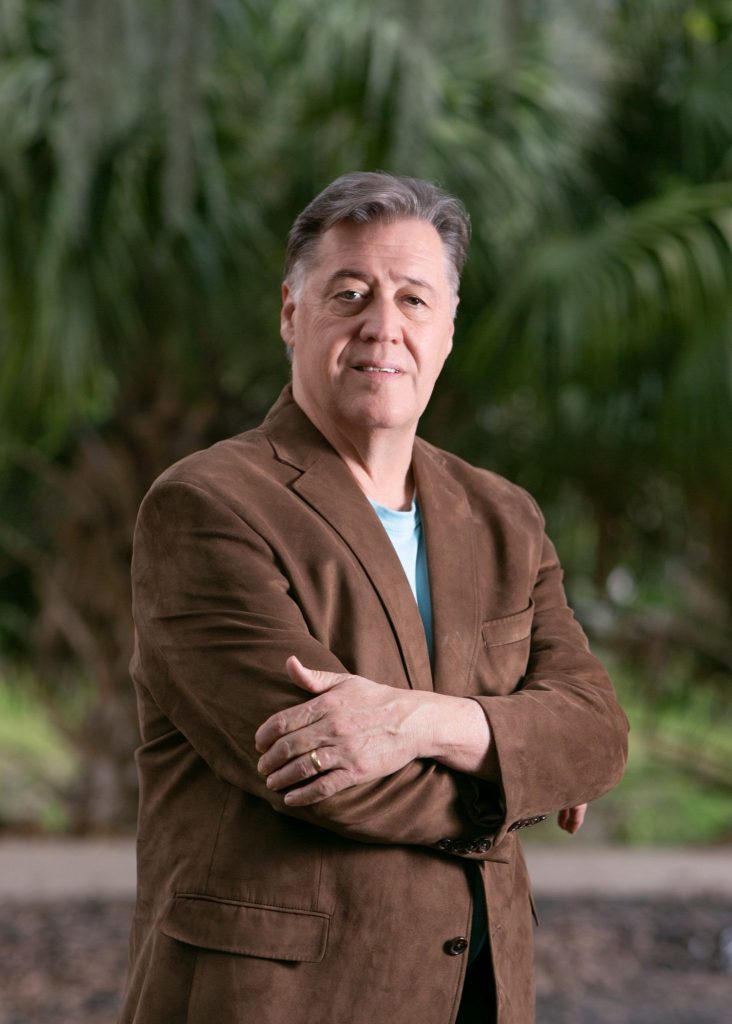
In 1996 I asked the Ford Foundation for support on a book about jazz funerals. The grant officer said they weren’t funding book research, but she loved the idea and suggested an oral history video. I aligned the project with Tulane University’s Hogan Jazz Archive, and from 1996 to 1998 filmed several funerals and a number of interviews with Michael White, Gregg Stafford and other jazz musicians and historians. The footage and interviews were so rich I decided to make a film. The viewfinder on the book soon changed. I saw funerals with music as a window on how the city evolved, and shifted to a history that begins with the founding of the city in 1718.
In 1999 I went back to Ford, with a companion proposal to NEH, for a production budget; but the idea, central to the treatment, of a reenactment of dance rituals of enslaved Africans at a park called Congo Square raised eyebrows. “Reenactments have a bad odor at PBS,” one grant officer told me. Those burial choreographies, transplanted from the mother culture, were a taproot of jazz, of funerals with music and a vibrant cultural memory. Reenactments in documentaries are now quite common.
I kept working but Hurricane Katrina upended the project. Dr. Michael White, the clarinetist and protagonist, lost his home and everything in the flood. His return to that house with all of his books and compositions as mush underfoot is a turning point in the film and filming his return to a broken world was hard on both of us. It took Michael years to get into another home and put his life back together, as the film shows. The production went into abeyance for several years; I went on to other work. It took several more years to get the financial support and regroup on the film; by then the book was moving well along.
Filmmaker 5.2: To tell this story on film, you present the jazz funeral tradition using vintage photos, archival footage, historical re-creations, current interviews, and filming of modern-day jazz funerals. How did this combination of material influence how you structured the film?
I began meeting in 2016 with Tim Watson at his studio Ariel Montage; we’d worked on several projects over the years. Tim is a superb artist of visual narratives. Owing to the range of materials you cite, I also turned to my daughter Simonette Berry, a painter-sculptor who had been working for several years as a film set artist; she’d also written for a local magazine years before. That’s a good skill set for any documentary. Sim joined us and began a massive inventory of photographs and historical images. The three of us spent much of the next four years planning the production shoots, working on how to meld the range of materials, and shaping the script through more changes than I can count.
Tim and Simonette are co-producers; though the film is based on my book, I felt they deserved to share script credit because of the collaborative effort. Simonette had done a storyboard for the Congo Square sequences when I cast lines to find a choreographer, someone with the historical knowledge of African dances in the antebellum era. Monique Moss is a dancer with deep knowledge of the African diaspora. Within an hour of our first meeting I knew she was right for this. Monique insisted that I bring in Titos Sompa, a master percussionist from Kongo, who was living in Detroit, and his brother, Jean Claude Biza Sompa, who teaches in the music program at University of Michigan. Among the fifteen or so musicians we also had several drummers from Ivory Coast living in New York, and Seguenon Kone, an Ivorian multi-instrumentalist who performs and teaches in New Orleans. I must also give great credit to Harris Done, our d.p., who made several trips from Los Angeles for key shoots and didn’t mind sleeping in my guest bedroom, and George Ingmire, the sound engineer who wove through the funeral parades with a brilliant ear for balancing the instrumental voices.
You make a film like this with people who believe in what you’re doing. Everyone gave me the in-law rate. I had tremendous artistic allies. When Tim saw the Congo Square footage he told me, “We’ve got the heartbeat.”
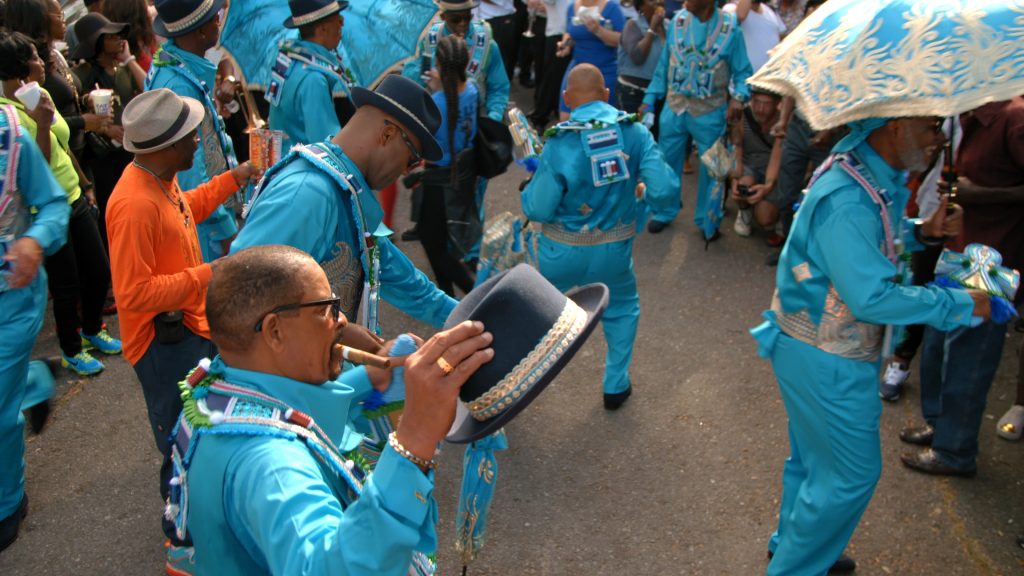
Filmmaker 5.3: You have a couple of central characters in the film—Deb “Big Red” Cotton and Michael White. What drew you to their two stories and how did you collaborate with each of them on this project?
Michael was a primary interview from the start; the film follows him from the late 90s through the traumatic losses of the Hurricane Katrina flooding, as he becomes a New Orleans Everyman. As a scholar, his search for information on an ancestor, Papa John Joseph, who played in the early 60s at Preservation Hall, guides the storyline as a quest for roots, how Papa John emerged in the dawn of jazz. Funerals emerge as memory caravans.
Tim discovered footage of Papa John’s jazz funeral in the remarkable Jules Cahn archive at The Historic New Orleans Collection; Jules filmed in the 1960s before TV stations discovered Black culture. Michael is a college professor with a courtly persona on film as in life. In contrast, Deb Cotton exudes a radiance, wit, and charm; I knew her work as a blogger and videographer covering the parading culture. She was wounded in a crossfire at a Mother’s Day parade in 2013 and put out a statement forgiving her shooters, calling on the city to do more for youth on the jagged edge. That statement, so profound, echoes what Pope Francis calls “radical mercy.” It took a while to set up a meeting as she had surgeries and a long recovery haul; but she was back on her feet, a force of nature when we met and she agreed to join our production team.
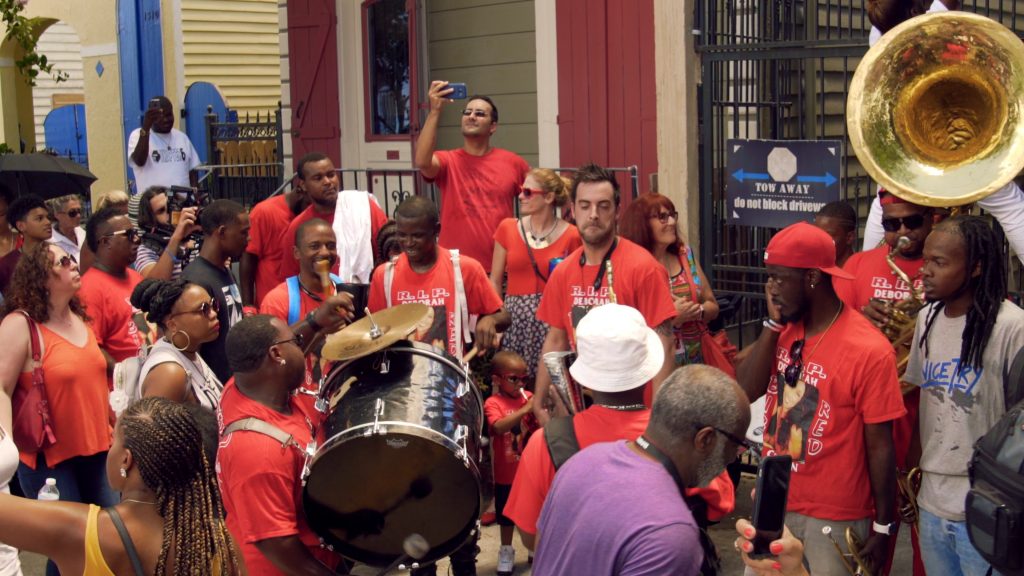
Filmmaker 5.4: This is certainly a film rooted in place as it depicts a distinctly New Orleans tradition. What experience do you want audiences, especially those who have never visited the city, to take away from the viewing experience?
I have been fortunate to travel extensively on assignments in Europe, the Caribbean and Latin America; I’ve been to cities that share a certain essence of New Orleans — Havana comes closest. New Orleans is the American city with the deepest African identity; music more than literature shapes the popular memory, a force you see in the funerals, weekly parades of social clubs and the rich density of jazz, R&B, hip-hop and gospel. This town has been a crossroads of humanity since at least 1809 when the population doubled, to nearly 20,000, with the arrival of migrants from Haiti. We are still a city of migrants. The foodways, tender courtesies of daily life, the rocking artistry of costumes and float-making in Carnival season— don’t try to sell me New York or London. This is a town that people either fanatically embrace, or scheme to leave because of subsidence, sea rise, cracked streets, recurrent flooding, a dismal performance of democracy, yadda yadda.
For me, it’s the most human place on earth.
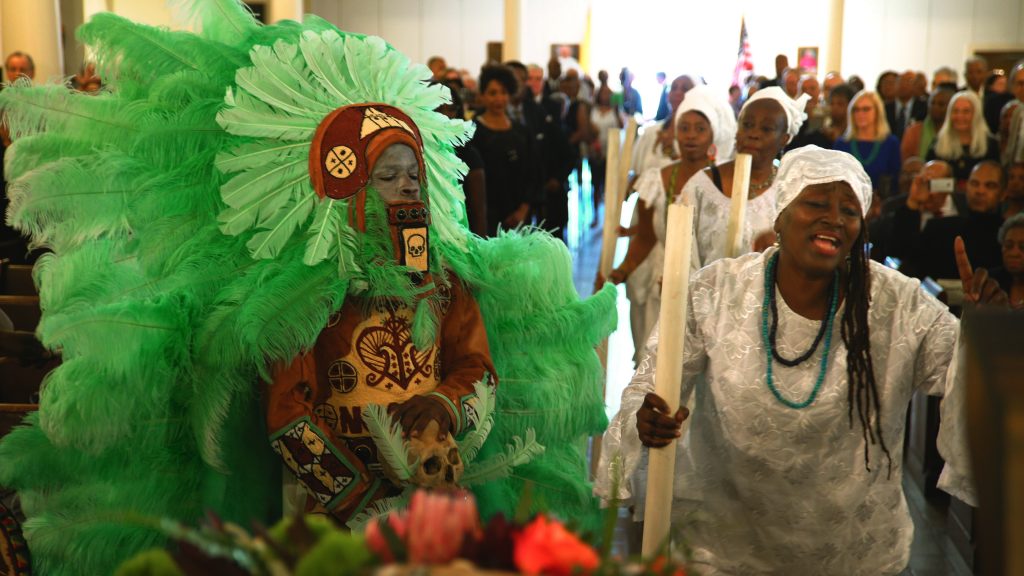
Filmmaker 5.5: How is City of a Million Dreams a community film?
We built this documentary on the stories of brass band musicians and the second line culture, the parading tradition rooted in funeral processions and celebrational dances for the dead. As we orchestrated their stories into the script, we decided on an assembly narration, advancing the action of the film and historical sequences through the voices and reflections of people in the film.
A celebrity voice-of-God narrator might have generated more publicity but the approach we took made for a film with many more grace notes. We did focus groups with community members, particularly with Black Men of Labor, the Social Aid and Pleasure Club whose processions weave through the film; they gave us candid insights we drew upon in editing. We made donations to bereaved families in filming wakes and second lines for their loved ones. For the Congo Square filming, artistic director Monique Moss selected some two dozen dancers with whom she had worked over the years, New Orleans artists steeped in danced-memory rituals of Mali, Senegal and the bamboula burial dances of Kongo. Titos Sompa, the pivotal interviewee on Kongo culture, ended up moving to New Orleans after participating in the film. With a few notable exceptions [D.P Harris Done, editorial adviser Doug Blush, special effects artist Alexey Terenoff], everyone else involved in the production is part of the growing film industry in New Orleans. The Louisiana film tax credits we received were extremely helpful. But we could not have made this film without the support of Executive Producer Bernard F. Pettingill, Jr., a forensic economist who grew up here, saw the potential and believed in what we were doing.
